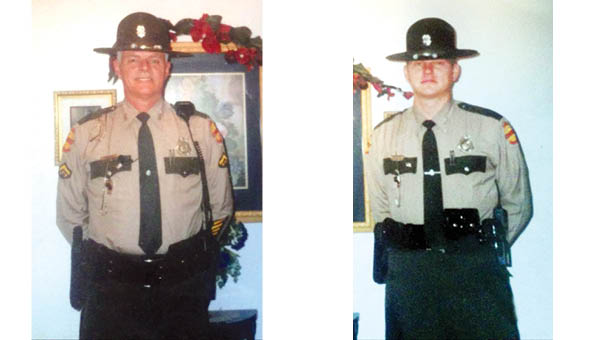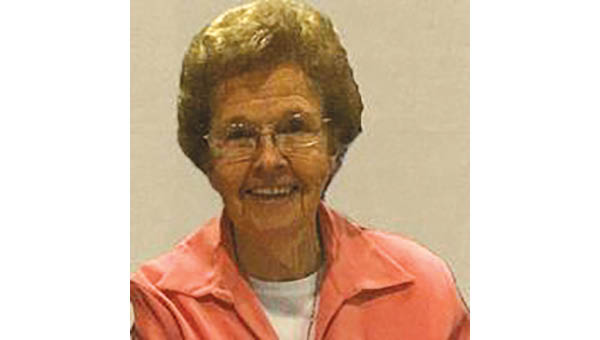Severe weather awareness matters…be prepared
Published 12:45 pm Tuesday, February 28, 2023
|
Getting your Trinity Audio player ready...
|
While much of the nation is experiencing some pretty drastic weather, the weather here in Northeast Tennessee remains pretty calm. In fact, over the past several days we have enjoyed spring-like temperatures and weather. Not true in other parts of the nation, where there have been record-breaking snowstorms and tornadoes.
We can hope we don’t see tornadoes, gigantic hail, or even a knee-deep snow in March, but it has happened in the past. March weather is unpredictable. Storms don’t have to bring heavy snow or tornadoes to be dangerous. Winds can cause tremendous damage, heavy rains can force rivers and streams from their banks and result in flooding, and lightning is always a threat with thunderstorms. All can be associated with March weather.
March is the month to learn about severe weather awareness.
Severe Weather Awareness Week runs from March 1-7 and is a reminder to people and the public to be weather ready for a number of types of hazards.
Most of us are anxious for spring, and some are making plans for planting gardens. Others are getting ready for baseball, and still more are looking forward to Easter. But, more importantly, we need to be prepared for severe weather events that could strike our region in the coming warm-weather months.
The National Weather Service strives to inform and educate residents during Severe Weather Awareness Week on how to prepare for severe thunderstorms, tornadoes, thunder and lightning, and flash flooding from heavy rains that are common during spring and summer.
There are small, easy steps one can take right now to protect ourselves and loved ones. For example, do you have a family communication plan ready to deploy in the event of a severe thunderstorm, tornado or flood? This is crucial so all family members can connect with each other in case they are at different locations outside of the home when severe weather hits.
A good first step is to write down phone numbers of all family members or other people whom you’d want to contact in case of a weather emergency.
A NWS spokesman said so many people today make phone calls with numbers that already are programmed into their cell phones. But they might not remember those numbers if they were unable to use their phones.
Another key part of an emergency communication plan is to appoint someone outside of the area to act as a central contact for a family and help everyone stay connected.
During a weather emergency, it is often easier to make a phone call to a distant location than within the affected area.
Finally, families should designate a central meeting point to gather during or after severe weather in case their home or neighborhood is inaccessible.
Another question to consider during Severe Weather Awareness Week: Where would you take shelter if a tornado warning was issued in the area where you happened to be at the time? What if you’re not at home, but driving in your car in a region with which you’re not familiar?
The safest place to take shelter from a tornado according to the NWS are:
– If you’re in a home: Go to the basement and get under a heavy workbench or the stairs. If you don’t have a basement, go inside a closet or bathroom in the lowest level of a house. Get under a mattress or other place to protect your head. Stay away from windows.
– If you’re in a car: Get out of the car and into a sturdy house or building. Don’t try to outrun a tornado in a car. A tornado can pick up a car and throw it in the air.
– If you’re caught outside and not near any buildings: Take shelter in a ditch, culvert or ravine. Cover your head with your hands.
Another situation that can prove deadly during warm weather months is attempting to drive or walk through a flooded road. “Never drive around the barriers blocking a flooded road,” the National Weather Service states on its website. “The road may have collapsed under that water. A mere 6 inches of fast-moving flood water can knock over an adult. It takes just 12 inches of rushing water to carry away most cars and just 2 feet of rushing water can carry away SUVs and trucks. It is never safe to drive or walk into flood waters.”
While spring does bring enjoyable things like flowers and baseball, it also ushers in a time of year during which severe thunderstorms, tornadoes and flash floods are most prevalent. So we encourage everyone to think now about being properly prepared for these kinds of severe weather incidents. Doing so could someday save the lives of you and your loved ones.





